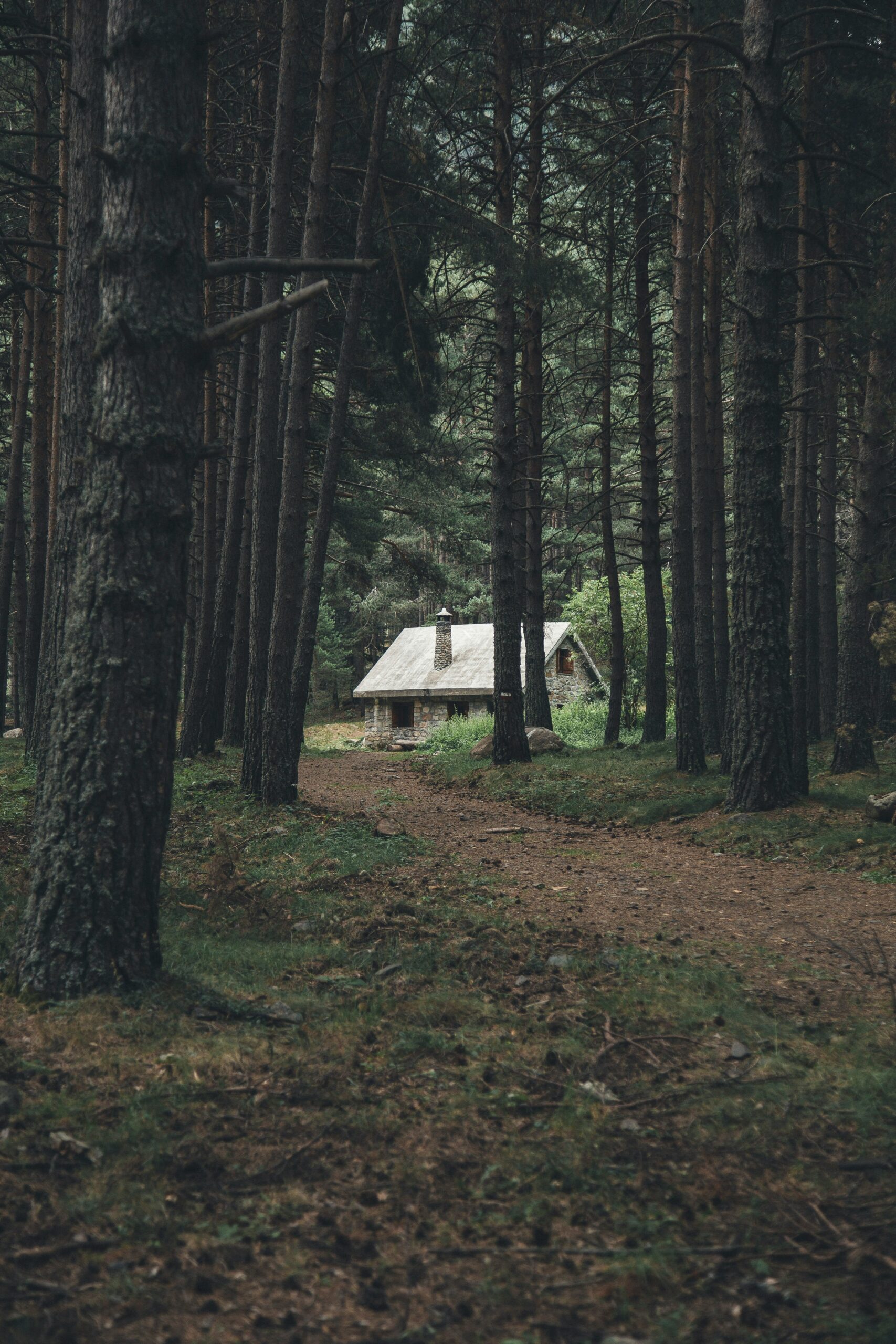Namibia stands as a beacon of conservation success in Africa, making it an unparalleled destination for travelers passionate about wildlife and environmental preservation. This vast country, with its diverse ecosystems ranging from the Namib Desert to the lush Caprivi Strip, has pioneered community-based conservation efforts that have led to remarkable wildlife recoveries and sustainable tourism practices.
Pioneering Conservation Efforts
Namibia was the first African country to incorporate environmental protection into its constitution. The establishment of communal conservancies has empowered local communities to manage natural resources and benefit from conservation activities. This innovative approach has led to the flourishing of wildlife populations and the growth of eco-tourism, offering visitors unique insights into conservation in action.
Iconic Wildlife Sanctuaries
Etosha National Park is one of Africa’s most esteemed wildlife sanctuaries, offering an unparalleled safari experience. The park’s vast salt pan is visible from space, and its waterholes attract a plethora of wildlife, including elephants, lions, rhinos, and a multitude of bird species. The Skeleton Coast Park presents a harsher, yet equally mesmerizing landscape, where desert-adapted species such as elephants, lions, and hyenas roam freely among the shipwrecks and sand dunes.
Community-Driven Initiatives
Namibia’s community conservancy program has been a game-changer for conservation. Travelers can visit these conservancies to witness how communities coexist with wildlife, participate in conservation activities, and learn about indigenous knowledge and practices. This grassroots approach not only supports wildlife conservation but also contributes to local livelihoods, offering a deeper and more meaningful travel experience.
Desert Adaptations and Biodiversity
The Namib Desert, home to the iconic Sossusvlei dunes, is also the habitat of remarkable species adapted to one of the harshest environments on earth. The desert-adapted elephants, which traverse vast distances for water, and the unique Welwitschia mirabilis plants, some of which are over 1,000 years old, are just a few examples of the extraordinary biodiversity found here.





Leave a Reply